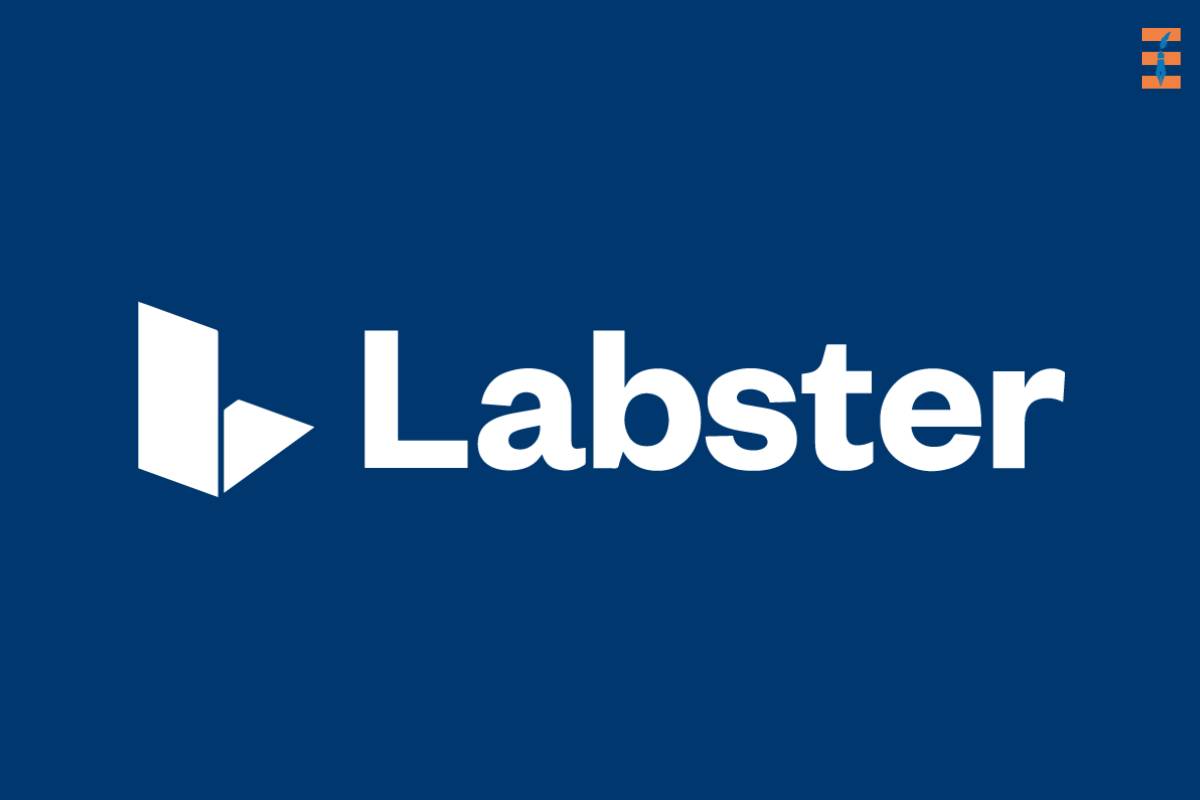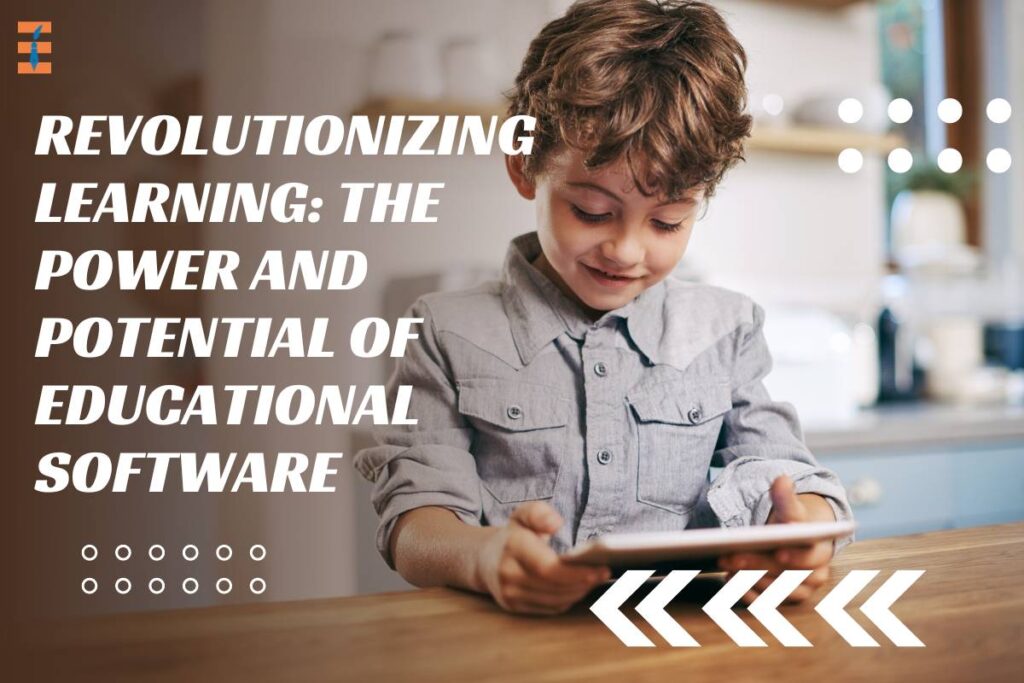In the fast-paced digital era, educational software has emerged as a transformative force, reshaping traditional teaching methods and providing innovative tools for educators and learners. This article explores the diverse landscape of educational software, examining its various applications, benefits, challenges, and the profound impact it has on the educational experience.
The Evolution of Educational Software:
It has come a long way since its inception. From basic drill-and-practice programs to sophisticated interactive platforms, it has evolved to cater to diverse learning styles and subjects. The integration of multimedia, gamification, and artificial intelligence has fueled this evolution, making this software a dynamic and integral component of modern education.
Categories of Educational Software:
It encompasses a wide range of categories, each serving specific educational purposes. From learning management systems (LMS) facilitating course administration to interactive simulations promoting experiential learning, the categories include adaptive learning software, language learning apps, educational games, and virtual laboratories. These tools offer flexibility and customization, addressing the unique needs of learners across various age groups and academic levels.
Benefits of Educational Software:
1. Personalized Learning
It allows for personalized learning experiences, adapting to individual learning styles and pacing. Adaptive learning programs use algorithms to tailor content, providing targeted support and challenges based on the learner’s progress.
2. Accessibility and Inclusivity
Digital platforms break down geographical barriers, providing access to quality education globally. Educational software also supports inclusivity by offering features for diverse learning needs and accommodating students with disabilities and varying abilities.
3. Engagement and Motivation
Gamified elements in educational software enhance engagement and motivation. Interactive simulations, quizzes, and challenges turn learning into an immersive experience, fostering a positive and enjoyable educational environment.
4. Real-time Feedback

It provides instant feedback on assessments and assignments, allowing learners to track their progress and address areas of improvement promptly. This real-time feedback contributes to a more iterative and dynamic learning process.
Challenges and Considerations:
1. Technological Barriers
Limited access to technology and high-speed internet can create disparities in accessing educational software. Ensuring equitable access remains a challenge, especially in underserved communities.
2. Data Privacy and Security
The collection of student data raises concerns about privacy and security. Educational institutions and software developers must prioritize robust data protection measures to ensure the confidentiality of sensitive information.
3. Teacher Training and Integration
Effective implementation of this software requires adequate training for educators. Integrating these tools seamlessly into the curriculum demands ongoing professional development to maximize their impact on teaching and learning.
Examples of Innovative Educational Software:
1. Kahoot!
Kahoot! is a popular gamified learning platform that turns quizzes and assessments into interactive games. It enhances engagement and collaboration in both physical and virtual classrooms.
2. Duolingo
Duolingo revolutionizes language learning with its interactive and adaptive approach. The app offers personalized lessons and instant feedback, making language acquisition enjoyable and effective.
3. Labster

Source- Labster
Labster provides virtual laboratories for science education, allowing students to conduct experiments in a digital environment. This immersive tool enhances understanding and practical application of scientific concepts.
4. Google Classroom
Google Classroom streamlines the management of assignments, communication, and collaboration in an online space. It facilitates a seamless integration of technology into the classroom workflow.
The Future of Educational Software:
1. Artificial Intelligence (AI) Integration
The future of educational software lies in the deeper integration of artificial intelligence. AI-driven tools will offer more sophisticated adaptive learning experiences, providing tailored content and assessments based on individual learner profiles.
2. Virtual and Augmented Reality

Virtual and augmented reality technologies are poised to transform the educational landscape. These immersive experiences will bring history, science, and other subjects to life, providing students with realistic and interactive learning opportunities.
3. Blockchain for Credentials
Blockchain technology is likely to play a role in securing and verifying educational credentials. This innovation ensures the integrity of academic achievements, simplifying the credential verification process.
Conclusion:
It has emerged as a dynamic force, reshaping the educational landscape and enhancing the learning experience. These digital tools offer unprecedented opportunities for educators and learners alike, from personalized learning journeys to immersive simulations. While challenges persist, ongoing innovations and a commitment to addressing accessibility and privacy concerns position educational software as a key driver in the continuous evolution of education in the digital age. As we navigate this transformative journey, the potential for educational software to revolutionize learning remains vast and promising.
FAQs:
1. What is educational software?
It refers to digital tools and applications designed to support and enhance the teaching and learning process. These programs range from interactive simulations and games to learning management systems, catering to various educational needs.
2. How can educational software benefit students?
It offers personalized learning experiences, engages students through interactive elements, provides instant feedback, and supports inclusivity. These benefits contribute to a more flexible, engaging, and effective learning environment.
3. What challenges may arise in implementing educational software?
Challenges include technological barriers, concerns about data privacy and security, and the need for teacher training and integration. Overcoming these challenges requires a comprehensive approach, addressing both infrastructure and pedagogical considerations.
4. Are there free educational software options available?
Yes, many of these software tools offer free versions or features, making them accessible to a wide range of users. Open-source platforms, educational apps, and freemium models provide opportunities for users with various budget constraints.
5. How is artificial intelligence (AI) influencing educational software?
AI is revolutionizing this software by enabling adaptive learning experiences. AI algorithms analyze user data to tailor content, providing personalized learning paths. The integration of AI promises more sophisticated and customized educational experiences in the future.
Also Read: How To Support The Educational Needs Of Students With Special Conditions?










